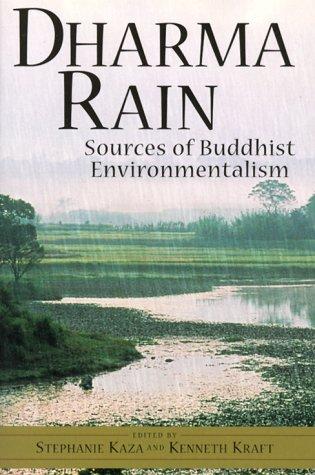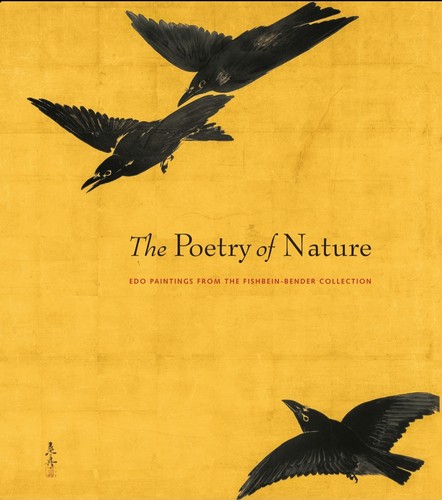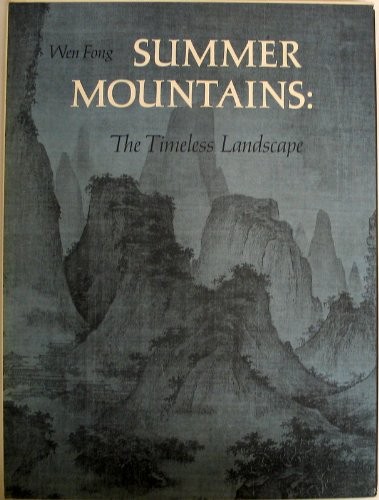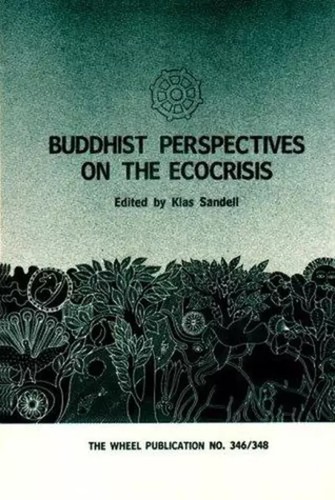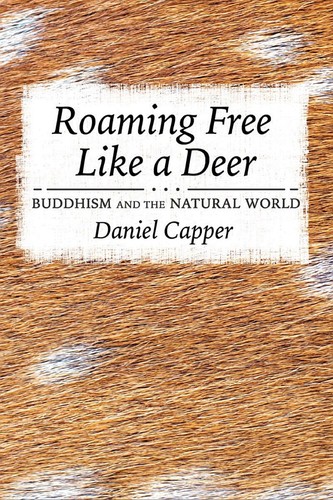Buddhism and Nature
Subscribe to this topic via: RSS
How do Buddhists view the natural world? Is there such a thing as Bioethics in Buddhism?
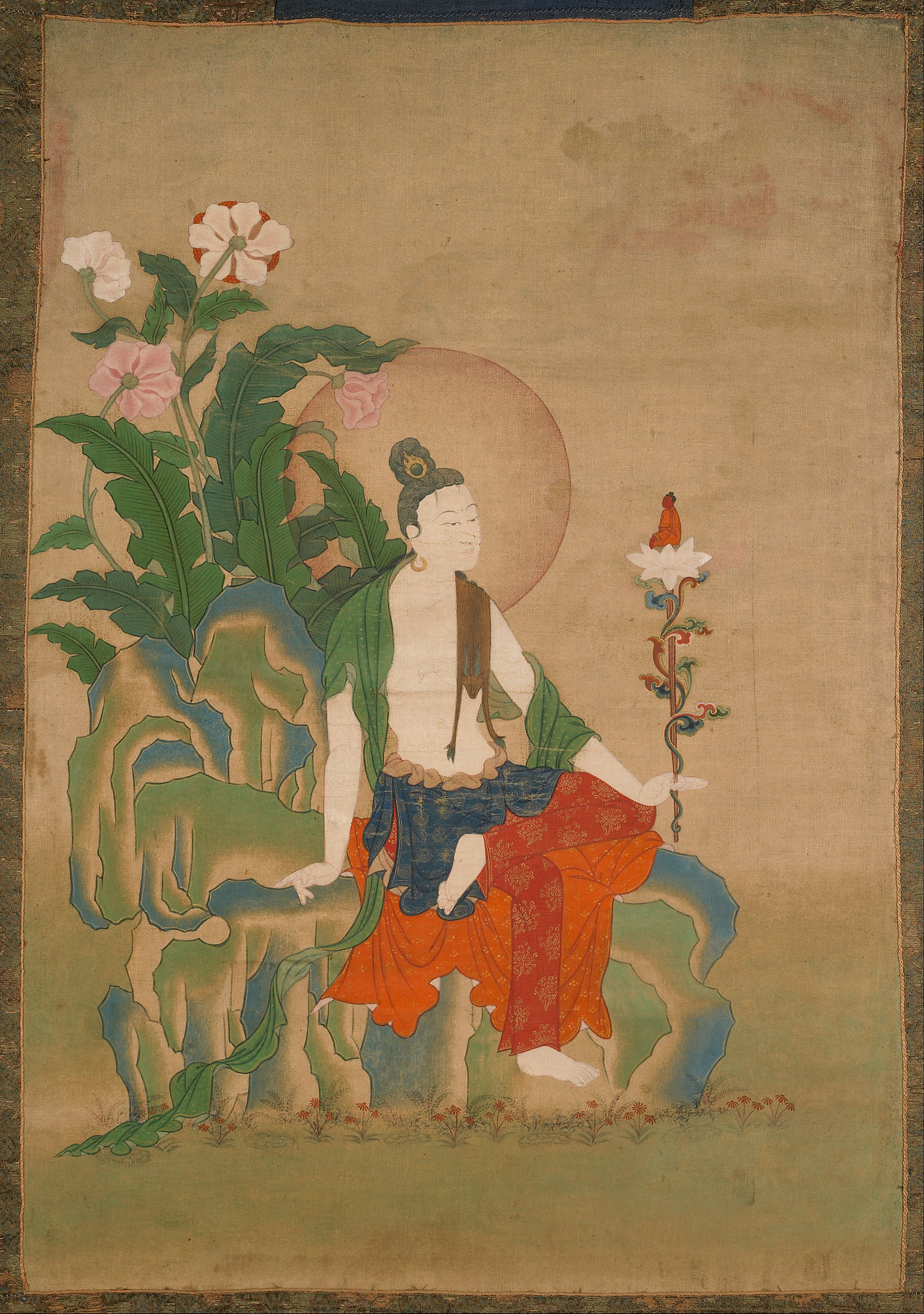
Avolokiteshvara Bodhisattva sits among mossy rocks and tall flowers as he beholds a lotus bearing Amitabha in this 18th c Tibetan/Chinese painting itself held by the Rubin. Buddhists have long adored nature as the ideal setting for striving and relaxing.
Table of Contents
Books (8)
Featured:
-
491 pages
-
224 pages[recommended but under copyright]
See also:
Canonical Works (15)
Featured:
-
⭐ Recommended
In this controversial sutta, the Buddha declares that everything an individual experiences is not necessarily the result of past karma.
-
In this sutta we see the Buddha exemplifying the two uses of nature on the path: as a site for seclusion and as an opportunity for reflection.
-
… people collected it and drank it and bathed in it and used it for their own purpose. Since that water was properly utilized, it’s used, not wasted.
-
⭐ Recommended
Once upon a time, mendicants, a battle was fought between the gods and the demons…
-
birth to even more goodness…
-
These rocky crags delight me!
-
Then the River Ajakaraṇī delights me
See also:
Readings (32)
Featured:
-
⭐ Recommended
… the Buddhist tale of the impure, disgusting, and violent female body and the suffering of the fetus within the womb, so seemingly negative toward women, in fact operated discursively and affectively to support premodern female Buddhist monasticism by helping to generate a moral-social imaginary in which female fertility and sexuality cannot be the highest good of womanhood.
-
Given our present knowledge, is environmental concern to be seen as morally obligatory for a Buddhist or only a voluntary positive action?
-
This article shows the complications that arise when religous traditions come in contact with the challenges of the modern world. The government of Sikkim is under pressure to allow climbers to access the world’s third highest mountain, Mount Kanchenjung, held to be very sacred to the local community as the dwelling place of a protective deity. The article furthers discusses the rituals of the local community and their belief in the agentive role of the deity.
-
In this essay, the author responds to critiques of eco-Buddhism by “[drawing] on the Madhyamaka/Huayan doctrines of dependent origination (pratītyasamutpāda) and mutual non-obstruction (無礙 wu’ai) for inspiration towards a ‘holistic’ or ‘deep ecological’ environmental ethic founded on identification with the natural world.”
-
… critics have highlighted a number of weak points in Buddhist arguments thus far about environmental issues. Nevertheless, Buddhism does provide resources for constructing an environmental ethic.
-
… his 1962–1966 memoirs and 1963 poem “Butterflies over the Golden Mustard Fields” set out what we call his ecological humanism: his paradoxical overcoming of self-alienation through a close rapport with relatively wild nature.
-
Instead of focusing primarily on universal concepts found in ancient texts, scholars are just as likely to look at how local communities have drawn on Buddhist ontology, ethics, cosmology, symbolism, and rituals to develop Buddhist responses to local environmental needs, developing contemporary Buddhist environmentalisms
-
This paper identifies and responds to the four main objections raised against Buddhist environmentalism.
-
in Rangjung Dorje’s poems, the environment is presented as a catalyst for seeing the enlightened “view”. This paper looks at the metaphorical landscape that Rangjung Dorje’s poems evoke, or, to incorporate a helpful term from contemporary literary studies, their “psychogeography”, their “sense of place”.
-
This research highlights the contrast between religiously oriented understandings of the environment and Green Buddhist representations in their various guises, where they intersect, and how elements of Green Tibetan discourse are being articulated and reshaped in one rural locality.
-
The paper stresses the “need to see the development of Buddhist ideas within their full Chinese intellectual context” and the necessity to have “some appreciation of the institutional arrangements which made interaction between different religious traditions possible, and here a study of local history can be of value.”
-
The Lalitavistara sutra is one of the central texts in the Mahayana tradition and it describes the life of the Buddha.
-
This article discusses the unintended consequences of the “mercy release” practice, which is the release of wildlife directly into nature. This practice, at times, introduces invasive species, creating ecological risks.
-
The thing that first comes to mind is the Buddha’s immediate connection with trees, the fact that he was born under a tree, had an early spiritual experience under a Eugenia jambolala tree, became Awakened under a Ficus religiosa, and passed away between two Shorea robusta. But it would be a mistake to think that this was the most significant connection between the Buddha or Buddhism and trees.
2 pages -
A confession and purification of the various wrongs committed against the earth, spirits, and gods from the Tibetan tradition.
-
The sāl tree played a significant part in the life of the Buddha as recorded in Pali literature, although its role has been overshadowed by the Holy Fig, the Bodhi Tree
2 pages
See also:
Audio/Video (12)
Featured:
-
🥇 Best of
Many people have this paradigm of seeing it all as natural, but…
42 min -
⭐ Recommended

-
⭐ Recommended
Woke feeling nauseous—my wife’s soft breathing
beside me. Outside the immense Sierra dark and silence,
a sky still glittering with a strew of stars5 min -
Whatever the hardship, one should never abandon their land or their animals.
-
Friends I am here to modestly report
seeing in an orchard
in my town
a goldfinch5 min
See also:
